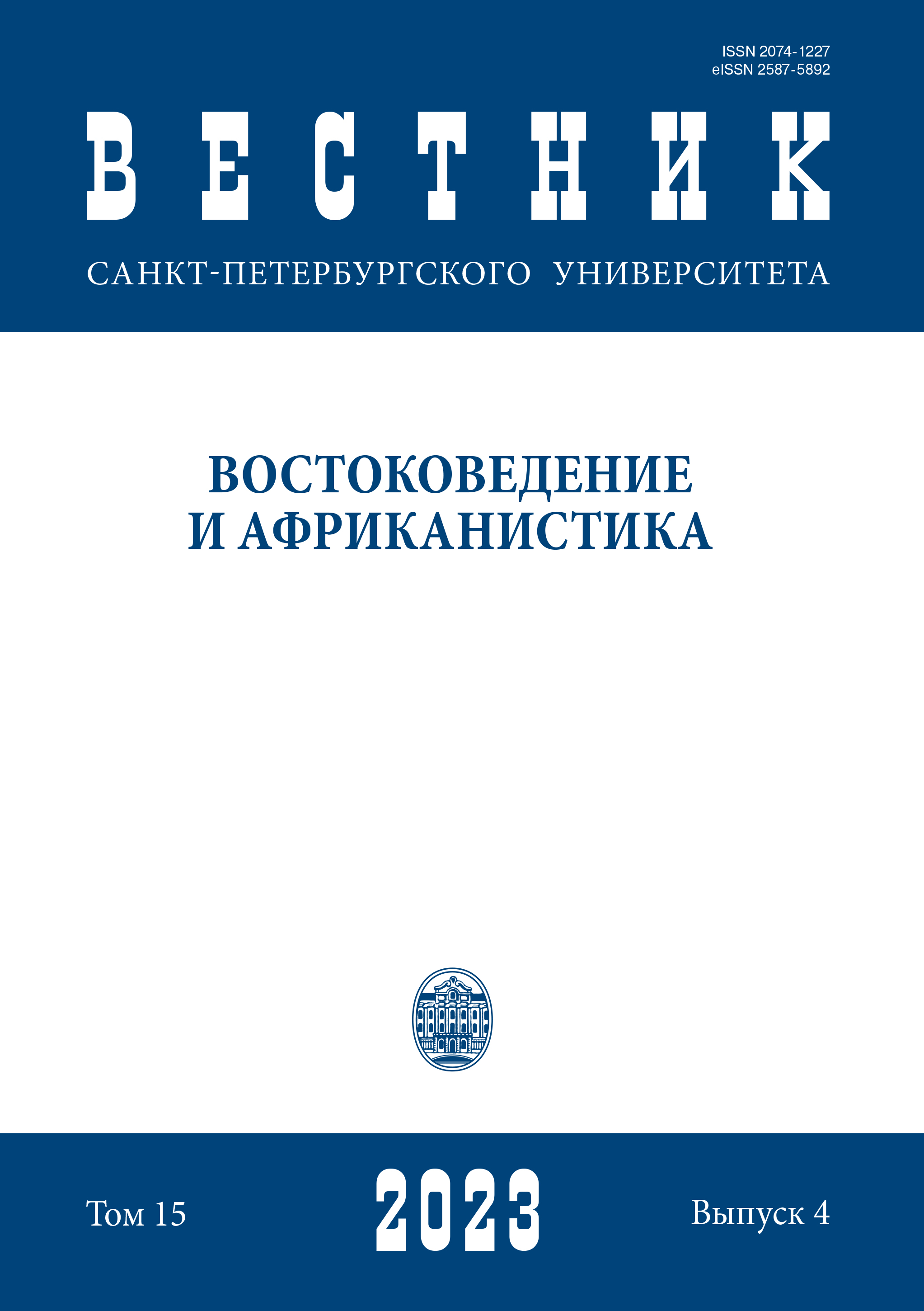Academic Issues of Research of Historic-Cultural Heritage of Medieval Ganja
DOI:
https://doi.org/10.21638/spbu13.2023.408Abstract
Historic-cultural heritage of Ganja city belongings to such thinkers of Azerbaijan as Nizami Ganjavi, Mahsati Ganjavi, Siti Ganjavi, Raziya Ganjavi, Mirza Shafi Vazeh and others. In this research work were studied the teaching of different sciences in Ganja during Middle Ages period, the services of prominent scientists, thinkers and teachers of that period, who worked in madrasa and used rich libraries. In particular, given the importance of the city as a socio-political, economic, scientific and cultural center during this historical epoch. By the way, during this historical period Ganja as an important political and cultural center was visited by famous scholars of this period, as well as important historical information about their teaching and scientific activities have been studied for many years. In scientific article on the basis of available scientific sources, historical documents, written sources, are considered the merits and patronage of national statehood, which played an exceptional role in the development of the traditions of our national statehood, in the formation of prominent figures in science and culture. Also in this study, based on historical and ethnographic sources, have been determined the significance of the scientific, literary and cultural development of Ganja in the revival of the characteristic features of the Renaissance period.
Keywords:
Middle ages, Azerbaijan, Ganja city, cultural heritage, historical study
Downloads
References
Downloads
Published
How to Cite
Issue
Section
License
Articles of "Vestnik of Saint Petersburg University. Asian and African Studies" are open access distributed under the terms of the License Agreement with Saint Petersburg State University, which permits to the authors unrestricted distribution and self-archiving free of charge.





